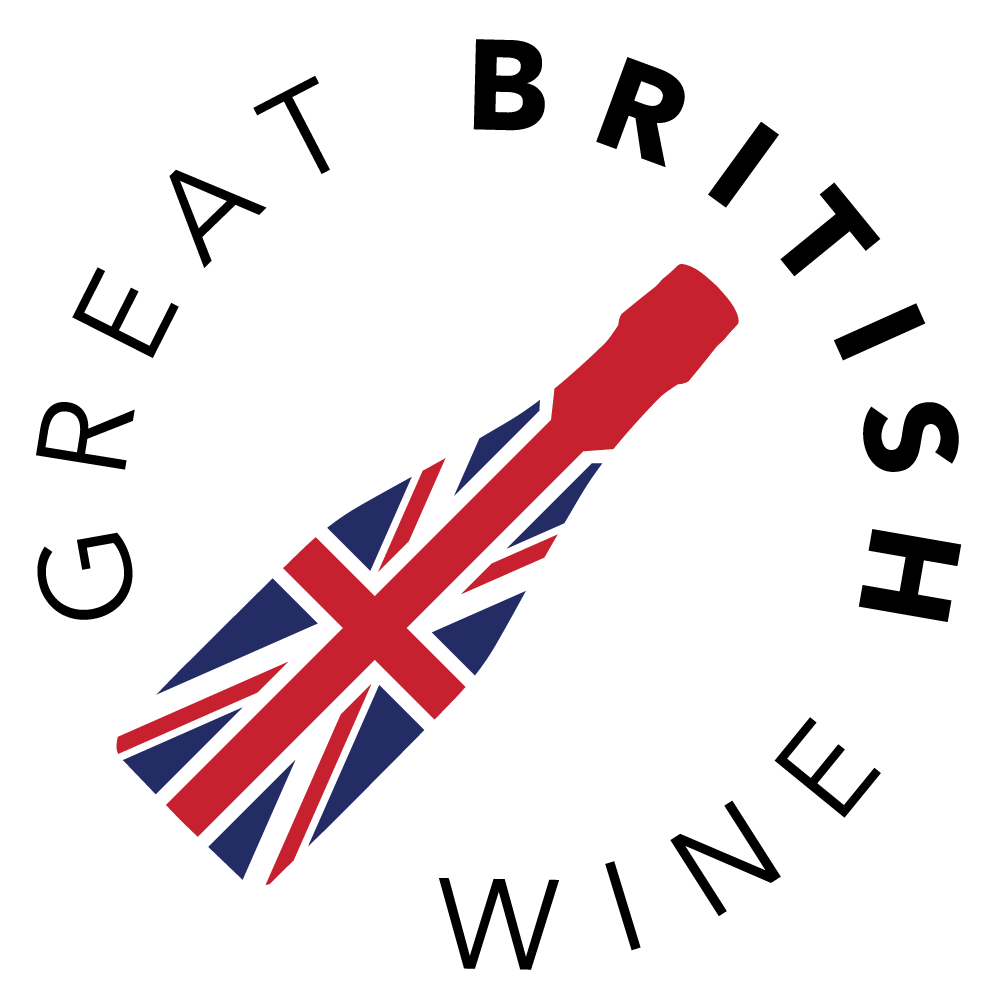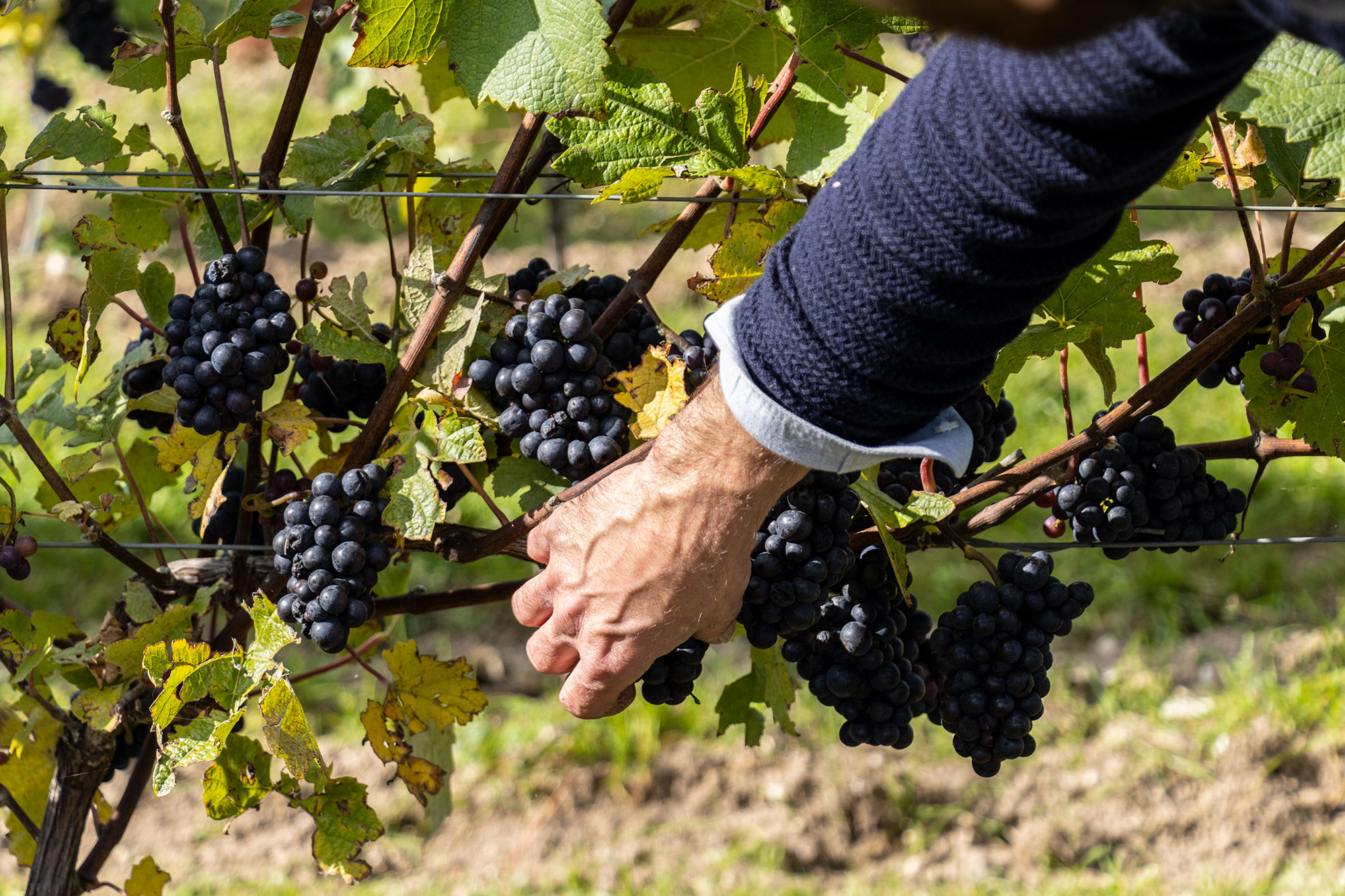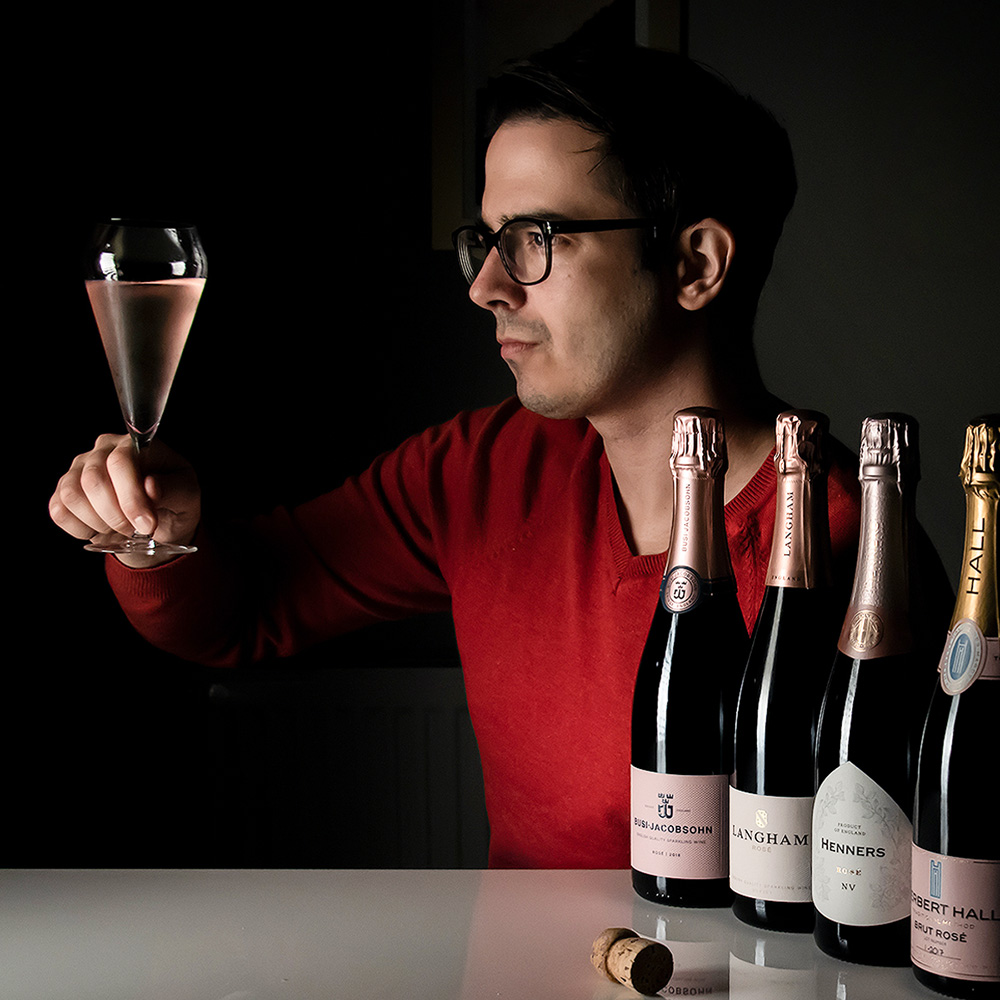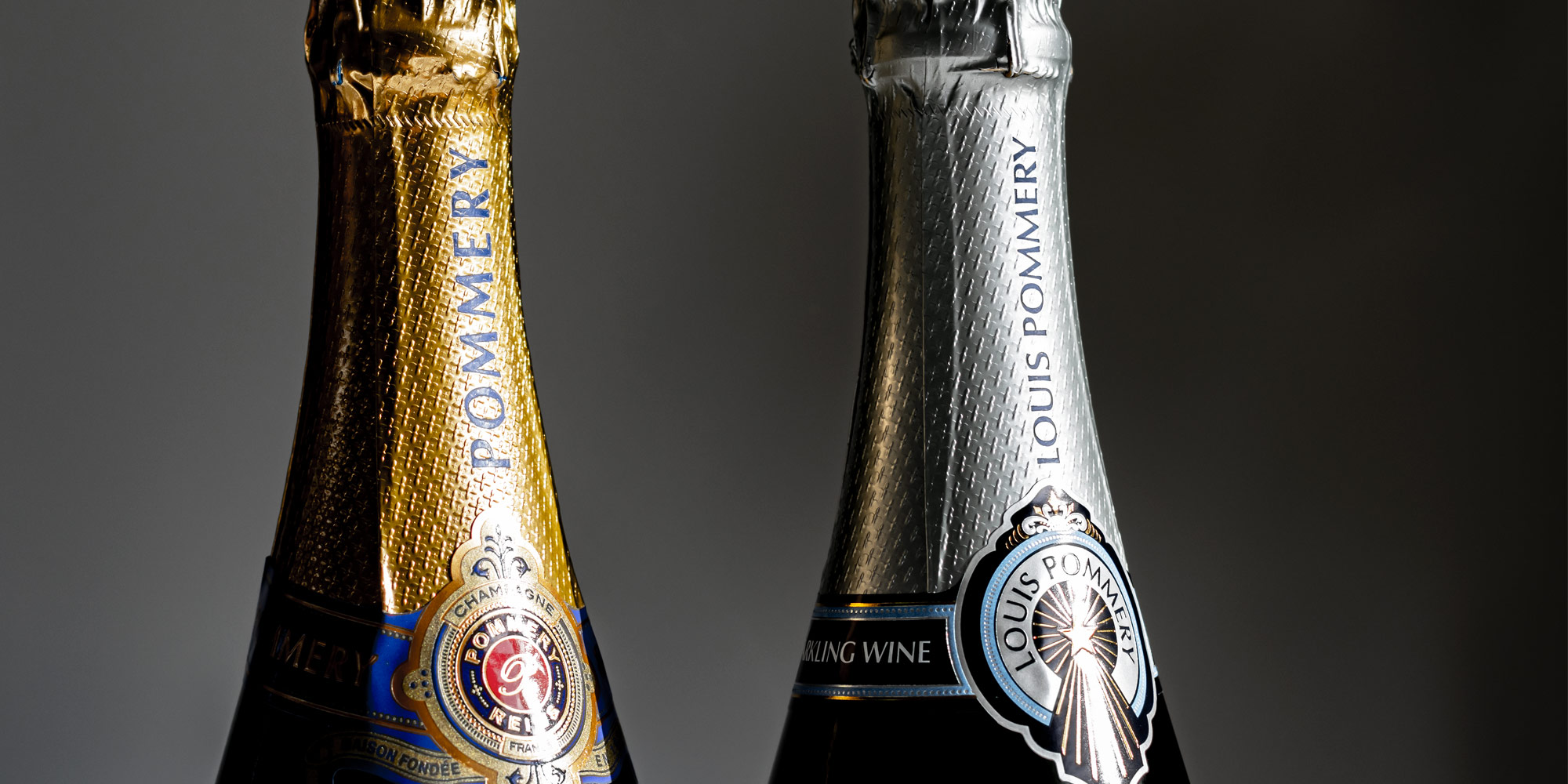
Oh the history and culture of Champagne! Originally founded in 1858 by Alexandre Louis Pommery and Narcisse Greno, Champagne Pommery is credited with being the first to commercialise Brut Champagne way back in 1874. It’s rather humbling when in English Sparkling Wine we talk in decades, and in Champagne they can talk in centuries. How exciting then, that all of that experience, all that history, has now taken root in our chalky English soils. Pommery is one of two Champagne houses to have revealed its hand and announced its arrival in England. Set in the picturesque Hampshire town of Alresford, Louis Pommery England is the intricate melding of English and French Sparkling Wine expertise. With Pommery being the first Champagne house to put its name on a bottle of English Sparkling, it feels like the perfect focus for World Champagne Day.
Last week I visited the Pinglestone Estate, Louis Pommery’s primary home in Hampshire, for a celebration of the start of harvest 2021. On arrival at the estate, Clément Pierlot gave a warm welcome and introduced Louis Pommery in the Pinglestone Barn – one of the oldest in England. Clément succeeded the great Thierry Gasco to become the Pommery Chef de Cave (or Cellar Master) in 2017, working both at home in Champagne but also on the Vranken-Pommery group’s international ventures. He has overseen the development of the Pinglestone Estate since day one. On the decision to plant in Hampshire, Clément commented: “We think there is something very special here in Hampshire. The quality of the wines, the quality of the chalk – something that reminds us of Champagne.” He continues, “but there is something very particular in the wines that we can find only here – the acidity and the tension is of course very linked to the region”.
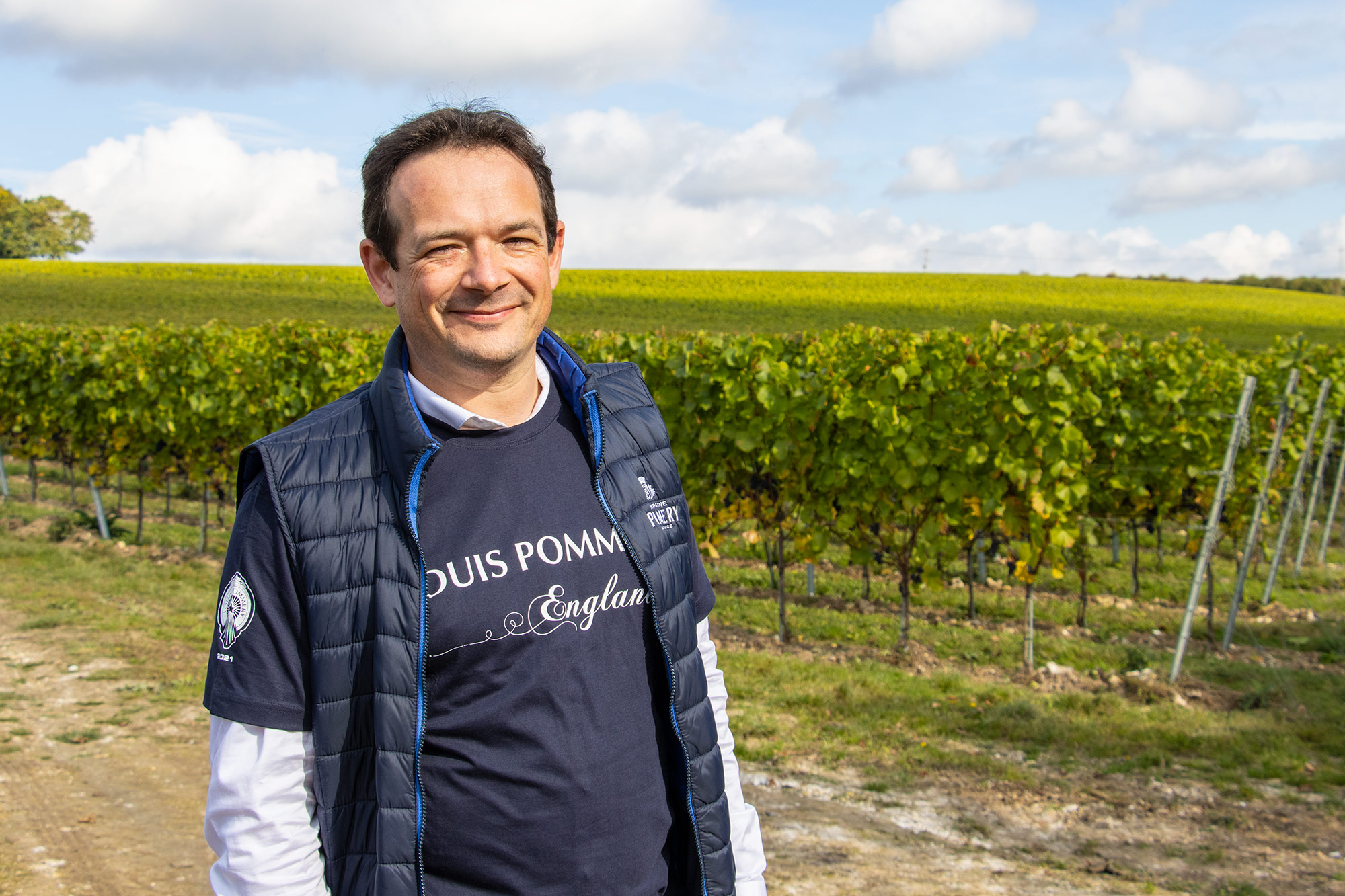
The Pinglestone Estate is a 40-hectare site, of which 30 hectares are currently under vine. Planting started in 2017, with 14 hectares currently on line for production this year and the remaining 16 hectares coming on stream next year. A further 10 hectares will be planted at a second site, at Lovington, next spring. The estate’s focus is on Chardonnay, with over half of the planting dedicated to the world-renowned white grape, and the Lovington vineyard will double down on this approach and be almost exclusively Chardonnay. Of course, Pinot Noir and Pinot Meunier form the remaining planting, with a little Pinot Gris planted as a curiosity. The estate is managed as organically as possible, with zero herbicides and a strong focus on maintaining biodiversity. It is also certified as part of the ‘WineGB Sustainable Wines of Great Britain’ programme.
We continued our day with a walk to the vineyards, and the introduction of vineyard manager, James Bowerman. James brings well over a decade of experience himself, having formerly resided at Hattingley Valley for some eight years. “This site dries extraordinarily quickly; within 24 to 48 hours we have no moisture retained in the soil – which is really good news for the vines”, says James. This is especially pertinent given the amount of rain we have had lately! The vineyards are South-West, South and South-East facing which gives a level of adaptability as different plots perform depending on the climate of each year. The quality of the fruit we saw during a walk through the vines was spectacular. That is no mean feat given the difficult conditions of the year. “2021 was a huge challenge”, probably the most challenging in the last ten years”, James explained. “But the results have been beautiful and worth the effort. We are very happy to have got through and coped with the challenges.”
Before we headed back to the barn to taste some wine, we were put to work and armed each with a pair of secateurs for a relatively leisurely burst of Pinot Gris harvesting. Gris is a delightful grape to work with, with its signature pink-grey coloured skins and deliciously aromatic flesh. It will be fascinating to see what Pommery do with Gris, although I don’t think we picked enough between us on the day to make enough for a special ‘Press Cuvée Gris’! Still, it was a great way to engage closely with the vines and the Hampshire terroir.
While this year is the estate’s first significant harvest, Clément and the Pommery team have worked very closely with Hattingley Valley, just six miles up the road, to source fruit and collaboratively make wine. Clément jokes that it was something of a competitive rivalry with fellow Champagne stalwarts, Taittinger, to be the first to plant in England; Louis Pommery released their first Brut Cuvée back in early 2018. While the first release was on the lean side, the latest release, based on the 2017 vintage, alongside the previous 2016-based blend, is a much better representation of the style that we can expect from the estate. Clément explained the winemaking approach: “We started to make wine in 2015, and, step by step, we have reached the blend we wanted to achieve.” He stressed the important of building up a reserve wine collection, and it’s those reserve wines that have brought a richness to the recent releases.
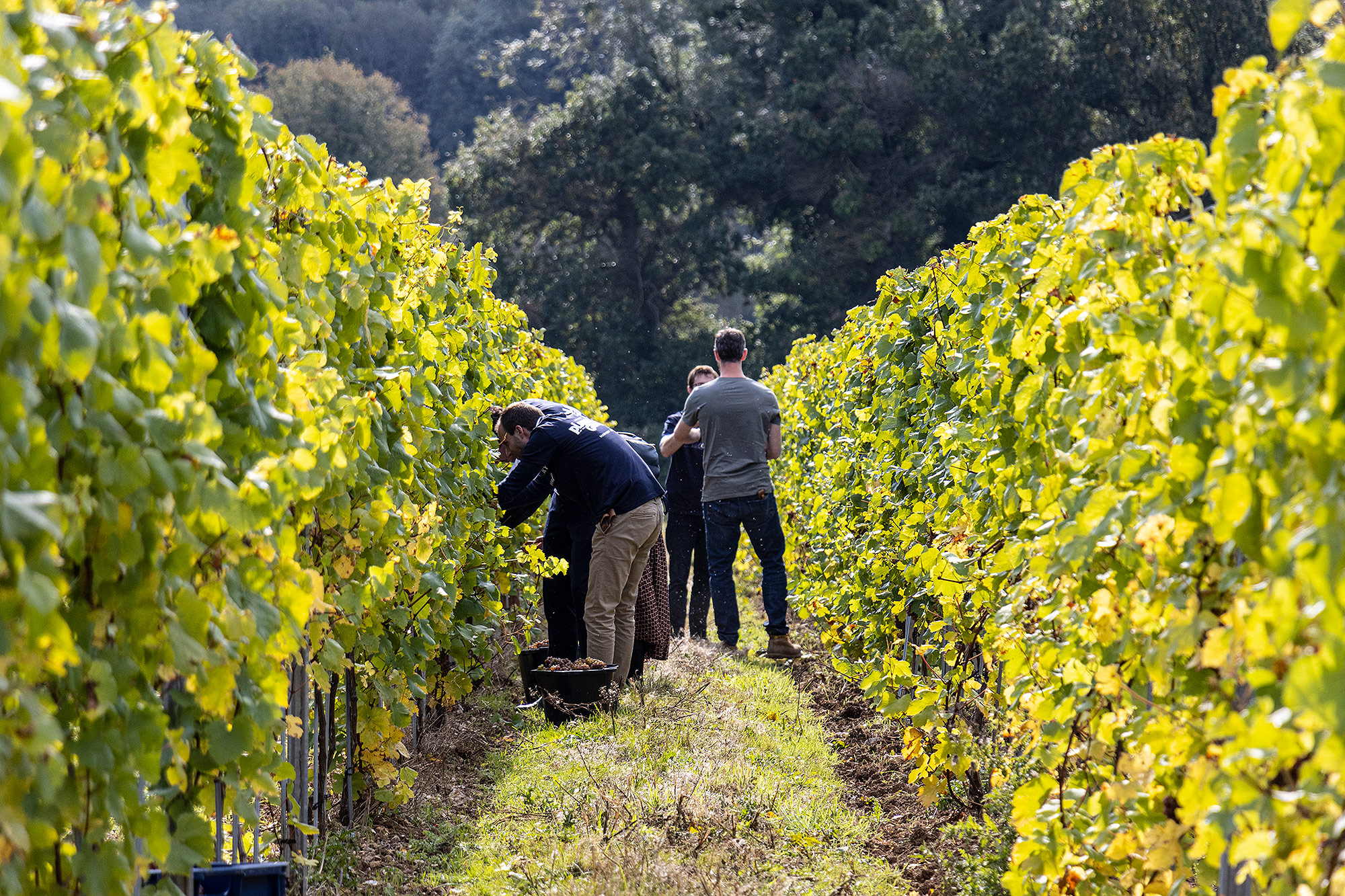
Winemaker Pierre-Hubert Crozat, who has partnered Clément on the project, talked us through the Louis Pommery England Brut, explaining that the fruit was predominantly sourced in Hampshire with a blend that represented the estate’s planting. The current 2017 base vintage incorporates 10% reserve wine into the blend, and mirroring the estate’s Chardonnay preference, 50% Chardonnay was blended with 30% Pinot Noir and 20% Pinot Meunier. Pierre-Hubert described a particular aroma as being distinctive, and expressed specifically Hampshire fruit as “an English sweet”. While a direct translation of this wasn’t quite clear – I definitely picked up suggestions of floral, or even hints of poached pear. And on the palate there is a distinctive frangipane or almond pastry note that adds a rich depth to the linear acidity, crisp citrus and crunchy orchard fruit flavours. It’s an exceptionally balanced wine, and a real evolution from the very first Louis Pommery England Brut I had tasted a few years back.
Further testing the wine’s prowess, the Louis Pommery England was paired with a delicious three course harvest lunch prepared by nearby acclaimed Tapas restaurant, Pulpo Negro. To pair a brisk, young Hampshire sparkling with such rich flavours as blue cheese (part of a tasty Autumn Salad), or with Braised Pork Cheeks was a brave move – but it worked. The rich lunch certainly did a great job in showing the potential of sparkling wine pairing a complete meal. The lunch closed perhaps most successfully with an indulgent Basque Burnt Cheese Cake. The harmony between those almond patisserie complexities, and brisk energy in the wine with the creamy vanilla flavours in the pudding, was divine.

This is a most promising start for Louis Pommery, but what’s next for the English venture? At the moment there are no visitor facilities per se, and clearly no on-site winery, but this is very much the next part of the journey. The ambition is to build a fully functioning winery, as well as a tasting room and visitor space in the plot that lies in between the historic Pinglestone barn and the vineyards. It’s in the hands of the planners, but the hope is to finalise the plans and start work on this next year. The first Pinglestone Estate wine is also very much in progress, based on the 2020 harvest of Chardonnay from the vineyards we walked through. A very limited Blanc de Blancs 2020 will be released in a good few years when it’s ready. Clément is already very optimisitic about the site based on the quality of the small 2020 harvest. This first estate-grown release will likely be released on a separate ‘Pinglestone Estate’ sub-brand.
To close things off following my visit, and in the spirit of World Champagne Day, I decided I had to have a comparative tasting of the signature Cuvées from both sides of the channel. My tasting notes for both the latest Louis Pommery England Brut and the Pommery Brut Royal Champagne NV are below. It can be counterproductive to try and compare English Sparkling Wine to Champagne stylistically, but in my view the two products are regularly competing for the same market space and at similar prices. Which is better? That clearly comes down to personal preference, though this side-by-side tasting did highlight the fact that the products are different – a promising sign that English Sparkling producers, even those with deeply rooted history in Champagne, are creating a product that is not a just clone of the greatest sparkling wine region in the world.
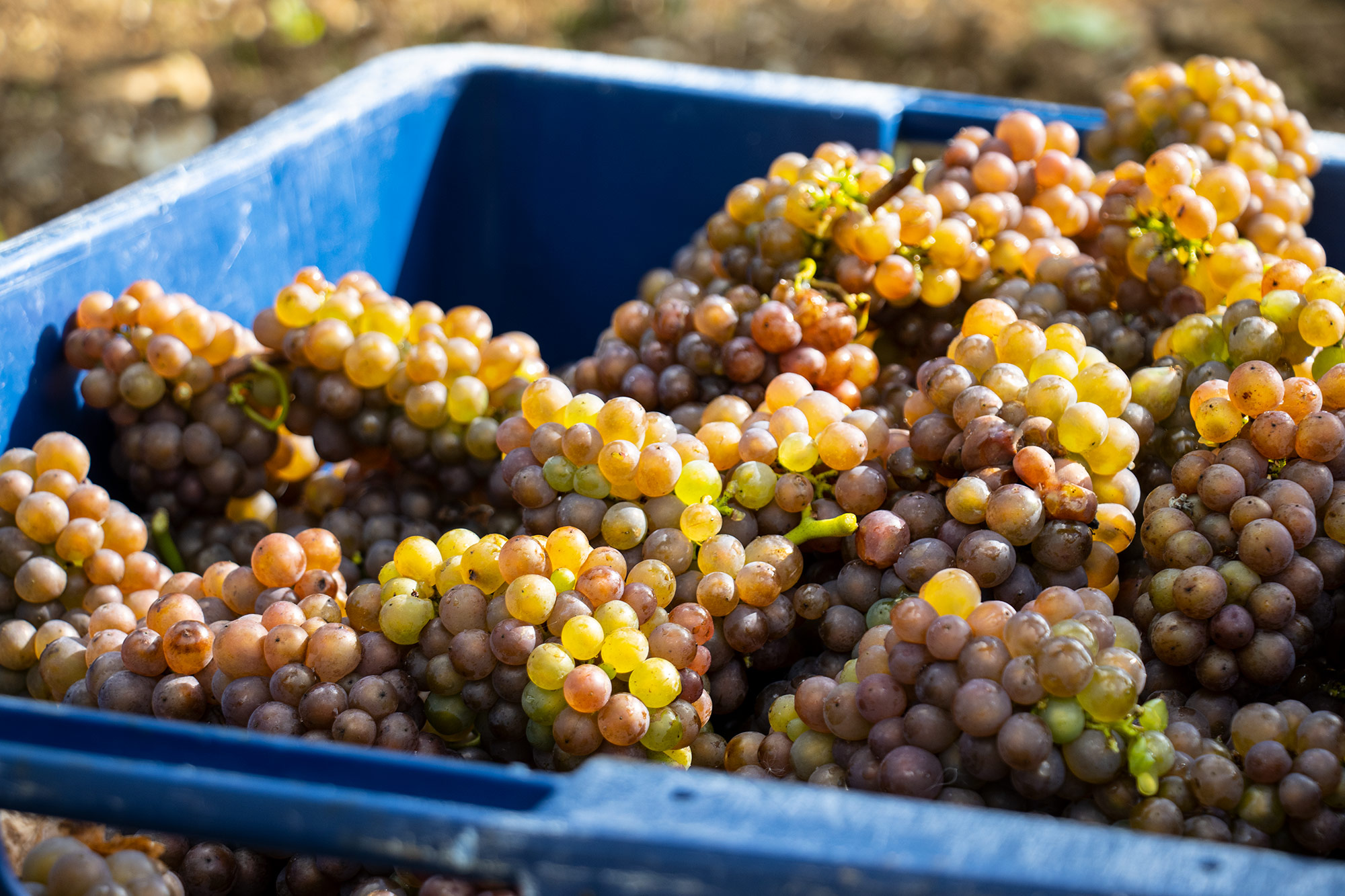
Louis Pommery England Brut
Grapes: Chardonnay, Pinot Noir & Pinot Meunier
Region: Hampshire
The current bottling of Louis Pommery England Brut is predominantly based on the 2017 vintage with 10% reserve wine in the blend. The blend is approximately 50% Chardonnay, with the remaining half of the blend being the red grapes of Pinot Noir and Pinot Meunier.
Of the two, the English wine has the more defined nose, with intense aromas of orchard fruit, white peach, citrus zest and light nutty pastry notes.
The palate also has that immediacy; the racy Hampshire acidity, steely mineral notes and zesty citrus provide a strong backbone.
The fruit intensity is impressive, bringing ripe apple and peach notes. I picked up a frangipane/almond pastry note on the finish, together with lingering lemon zest and mineral notes on the finish.
This is an extremely inviting style of English Sparkling, and that brisk acidity, and defined fruit purity, made it my preference of the two wines tasted.
Pommery Brut Royal Champagne
Grapes: Chardonnay, Pinot Noir & Pinot Meunier
Region: Champagne
Pommery’s Brut Royal is much-loved and provides a classic expression of Champagne with its near equal blend of Chardonnay, Pinot Noir and Pinot Meunier. The wine usually has around two and a half years on lees.
Noticeably quieter than the English wine on the nose, aromatically this has a classic mixture of red apple and apricot notes and a stronger focus on the biscuity autolytic and preserved citrus aromas.
The palate is more open than the nose, with a real generosity that opens up with stone fruit and juicy red apple flavours. But, as one might expect, the acidity is more subdued, leaving the fuller, almost supple mouthfeel to take centre stage. Expect brioche and caramelized sugar notes too.
Interestingly, the bubbles are more ferocious on this Champagne on opening and pouring, though the overall mouthfeel and texture of the mousse is softer than the Louis Pommery.

